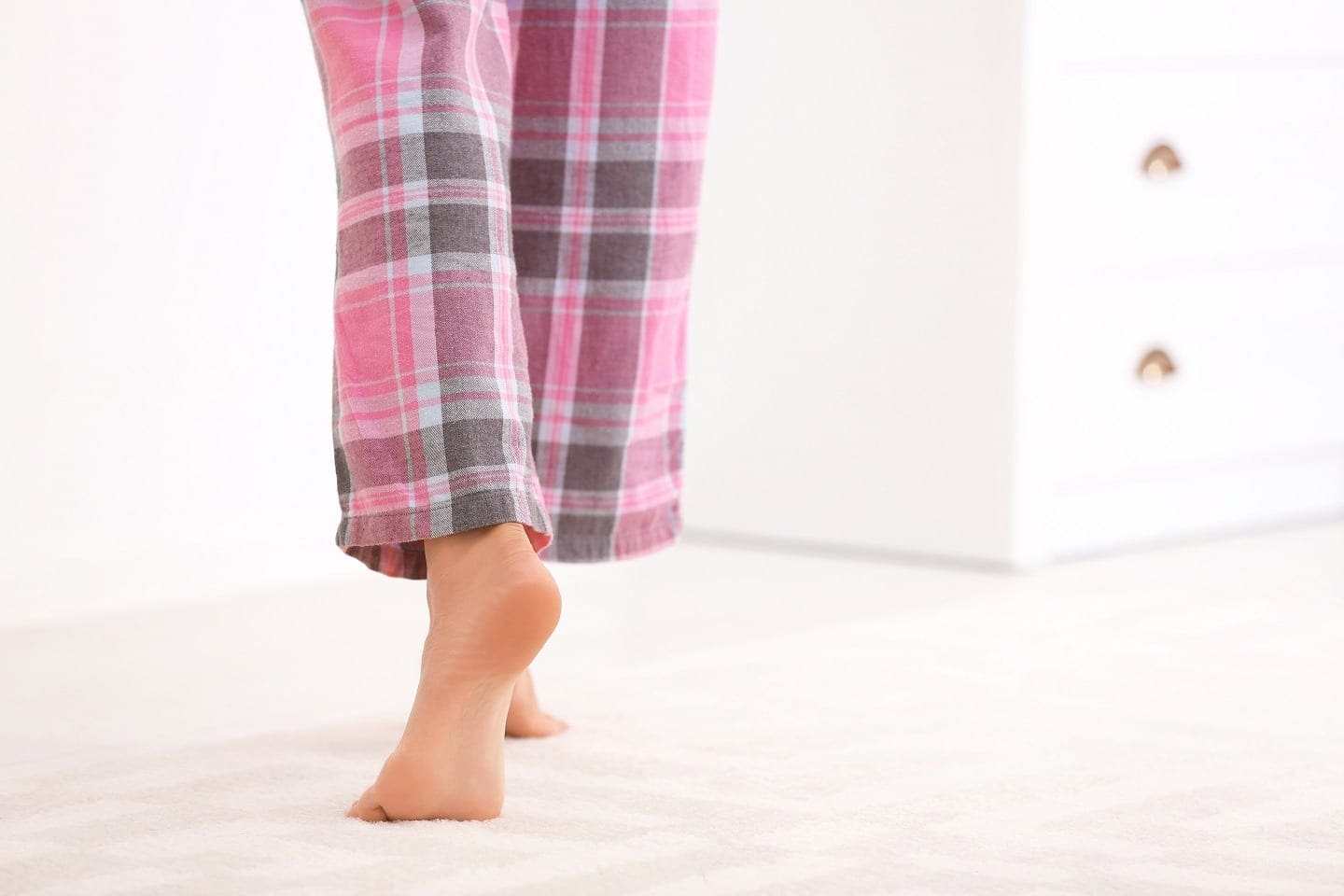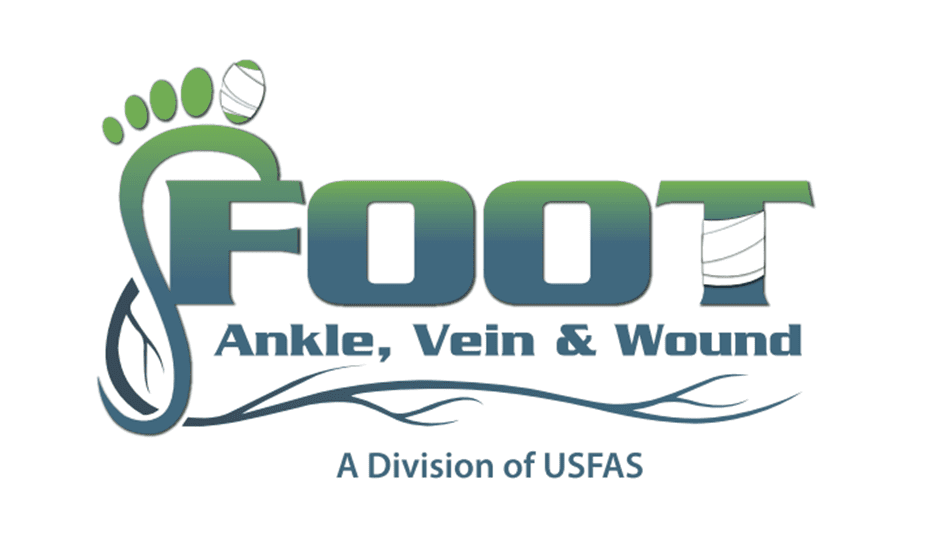
If you’ve noticed someone who seems to be walking abnormally—with a sort of bounce in their step, it might be because they have cavus foot.
Cavus foot, also known as high arches, is a condition where the bend in the middle of your foot (the arch), is abnormally high. When a person with cavus foot walks, they place a large amount of weight onto the ball and onto the heel of the foot. This weight can also make it uncomfortable to stand for long periods of time, as well.
With a normal foot, the weight will be distributed evenly throughout the heels and balls of your foot, making a person have no pain and walk relatively normal.
What leads a person to be instilled with this condition?
Causes of Cavus Foot
A person can be born with high arches and that high bend is actually the natural shape of their foot.
However, if it doesn’t occur naturally, it is often the result of a disorder that someone may have, neurologically.
Common causes of Cavus foot are found in those who are inflicted with:
- Cerebral palsy
- Charcot Marie Tooth disease
- Polio
- Muscular Dystrophy
- Spina bifida
In all these conditions, certain symptoms they share may cause high arches or the people inflicted with these conditions may have already been born with the high arches to begin with.
With cavus foot, a person can be seen waking a bit abnormally—but it can also be quite painful.
Risks of Cavus Foot
Whether you already have a medical condition that comes along with cavus foot, like those listed above, or if you’ve had it since birth, walking, standing, and living with cavus foot can leave you at risk for other signs, symptoms, and other conditions.
At the forefront of these risks is the pain. Pain can occur at any age—even if you’ve had arched feet since birth. They might develop later on due to an increase in weight or a more rigorous or physically demanding schedule.
Cavus foot can also lead you to be unstable—especially when walking or standing. If you’ve been doing either for quite a long time and you have high arches, you might have real problems with balance, and when your foot leans, you’ll be more prone to getting a sprained ankle.
Those are the two obvious risks. However, a few other complications that might occur if you have cavus foot or cavus feet are metatarsalgia, clawed toes, calluses, fitting into shoes, and some others.
Generally speaking, if you have high arches, it will most likely also be true that your plantar fascia will be stretched beyond its boundaries while you’re walking—during your stride. This will eventually cause damage and heel pain—it might even go so far as to cause inflammation of the tissue. If you’re pushing it, you also might run your foot into severe cases like a stress fracture or two.
A few other possible injuries that people with cavus feet are at risk with are:
Fifth metatarsal fractures: As we just mentioned a stress fracture—or multiple ones are common risks for someone with high arches. The fifth metatarsal is a part of the foot that is located at the pinky toe—at the base. If you have high arches, you are normally leaning your feet, putting a lot of pressure on your pinky one. With just this bone alone, you’ll have to endure lots of contact with the ground and will most likely put more weight than you normally would on all the other toes. With all this pressure, a stress fracture might occur.
This sort of thing is not just limited to the fifth metatarsal, either. This sort of stress fracture can occur in any bone in the foot if you have high arches and are putting more pressure on different parts of your feet that weren’t designed to take all the extra weight.
Peroneal tendon issues: These issues are also possible for someone with cavus foot. This tendon is also right next to the fifth metatarsal we talked about earlier. This tendon is mainly responsible for stabilizing the ankle and keeping your feet away from a strain or a sprain.
When you have high arches, this tendon—along with others— have a lot more work to do and all this extra-strenuous pressure causes them to be even more exposed to getting injured. As the tendon has to handle more stress, it will make it more vulnerable to getting injured.
Ankle sprains: As we already mentioned before, those who have high arches are much more likely to twist their ankle. Not only is the tendon dealing with a lot of pressure to keep the ankle straight, but the tendon is also carrying an excessive amount of weigh. These factors make it much harder to balance that weight distribution. If you have arched feet, you’ll be more prone to rolling your ankles inward while in motion—like running, jumping, and landing.
The good news out of all this, however, is that arches, even high arches, normally stay as they are and won’t progressively get worse. However, if the symptoms don’t get any better—maybe even seem to be getting worse—it’ll be much more likely that you’ll need to see your podiatrist for any extra help. Schedule an appointment with us today if cavus and its symptoms are becoming too much.

